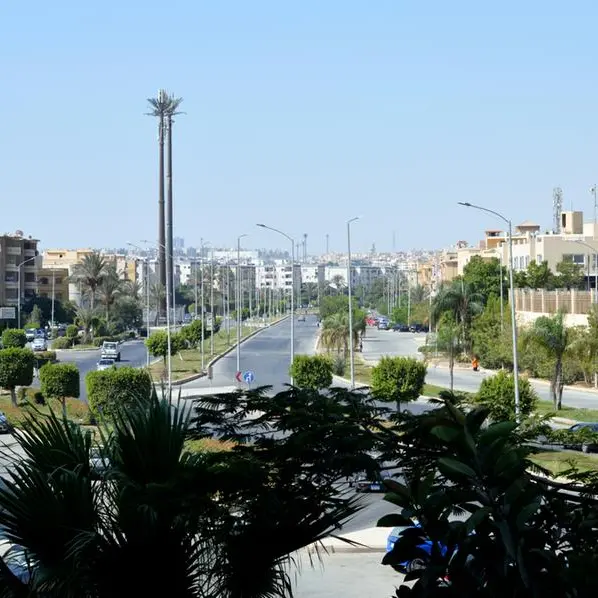PHOTO
Inflation in Kuwait has reached a decade high as food prices, consumer price index and housing service prices rose in the state.
Markaz subsidiary Marmore said inflation in the food and beverage sector was 7.2 percent year on year in December 2021, with prices rising continuously since May 2020 due to supply chain disruption, now likely to be further compounded by conflict in Ukraine, a major global wheat supplier, following the Russian invasion.
But food prices are the major factor that are driving inflation, with labour shortage also contributing to the increases, the report said.
“It is worth noting that the outlook for food prices remains unfavorable,” Marmore said.
“Among the GCC countries, Kuwait and Saudi Arabia experienced inflation in food prices from the start of 2020 on the back of a rise in international food prices, however, the remaining GCC countries mostly experienced flat food prices.”
GCC nations are trying to reduce their food dependency by investing in agricultural land and technology in their own country and foreign countries. Kuwait Investment Authority’s plans to invest in agricultural lands abroad, the report said.
Saudi Agricultural and Livestock Investment Co, (SALIC), imported 355,000 tons of wheat from Ukraine, Canada, and Australia in 2021, which accounted for 10 percent of the country’s demands.
Hassad Food, the Qatari sovereign wealth fund’s agricultural arm, has purchased land in Sudan and Australia, and has plans to invest hundreds of millions of dollars in agricultural projects in Kenya, Brazil, Argentina, Turkey, and Ukraine.
Surging CPI
Marmore’s report said that the consumer price index (CPI) in Kuwait rose by 4.3 percent, the highest rise since October 2011. The growth for housing services was 2.35 percent, having been flat since the beginning of 2019.
The transportation component of inflation reached a high of 5.5 percent year-on-year in June 2021 and grew at 4.3 percent in December 2021.
The education component of CPI was flat until August 2021 and rose 18 percent year-on-year in September 2021, the highest of all the components.
“The rise in education fees of pre-primary, primary, and high school education is the reason for this surge as the schools switched from online to offline education,” the report noted.
(Reporting by Imogen Lillywhite; editing by Seban Scaria)




















